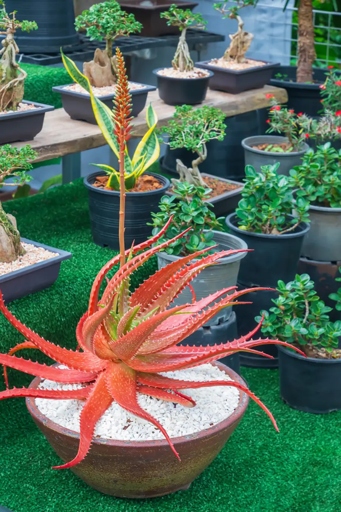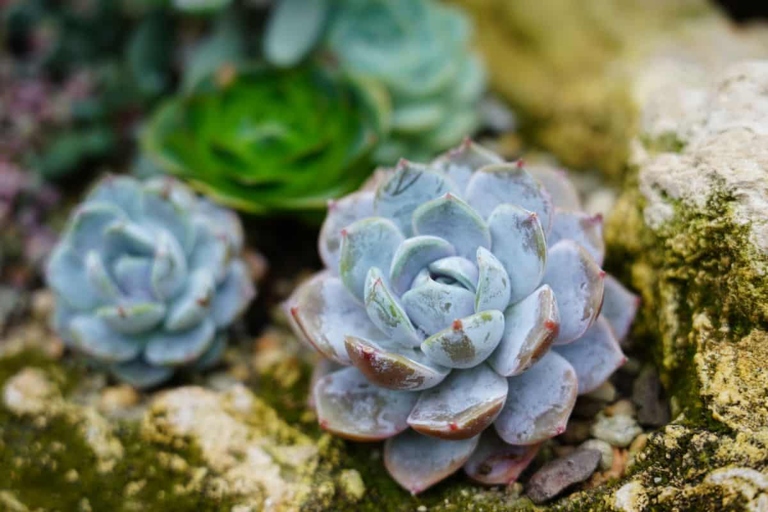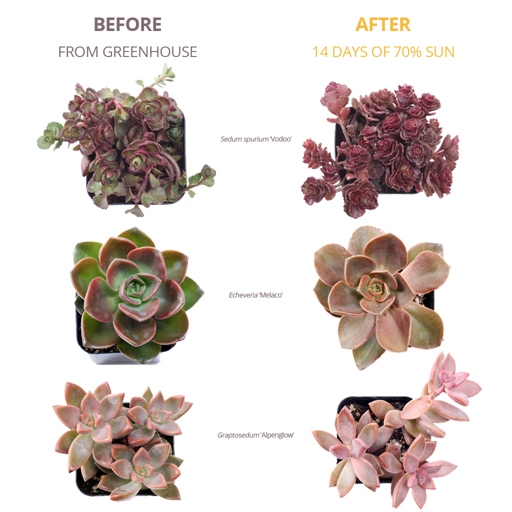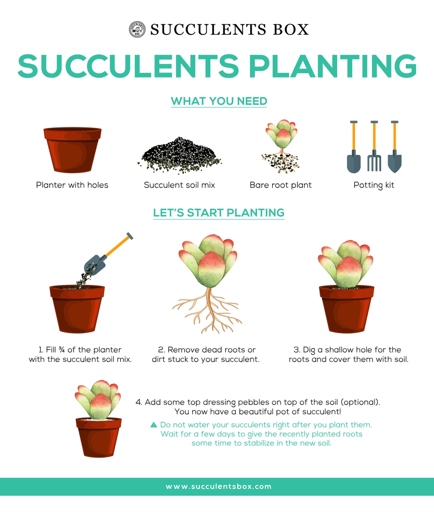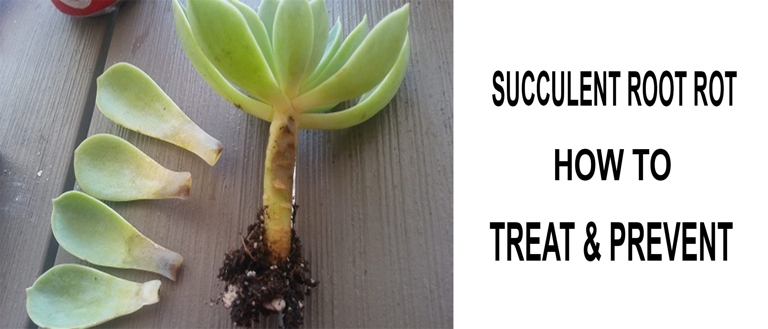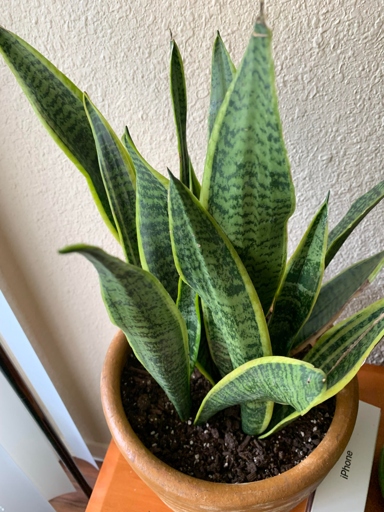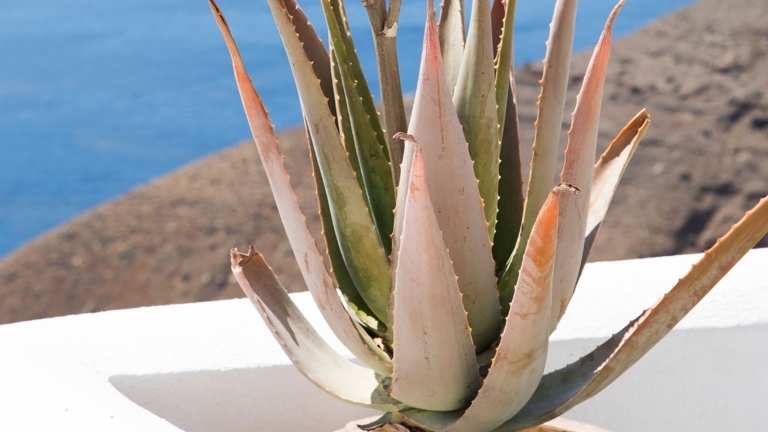If your succulent’s roots are drying out, it’s important to take action quickly. Here are seven steps to take to fix the problem:
1. Check the roots. If they’re dry and brittle, they need to be hydrated.
2. Water the plant. Use a watering can or hose to slowly and evenly water the plant, making sure the roots get soaked.
3. Add a humidity tray. If the air is too dry, consider adding a humidity tray under the pot to help the plant retain moisture.
4. Move the plant. If the location is too hot or sunny, move the plant to a cooler, shadier spot.
5. Check the pot. Make sure the pot has drainage holes to allow excess water to escape.
6. Amend the soil. If the soil is too dense, amend it with some sand or perlite to improve drainage.
7. Be patient. It can take a few days for the roots to rehydrate. Check the roots every few days and water as needed.

